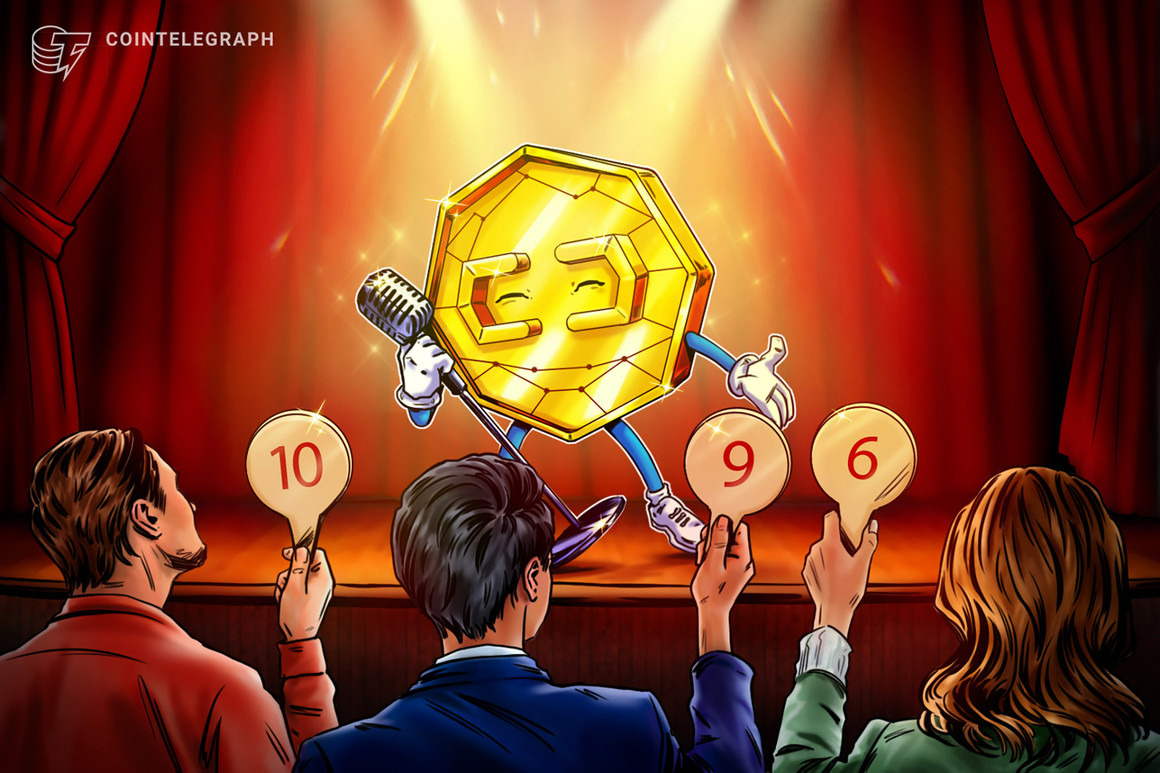#crypto
$BTC $ETH $SOL
“When it comes to cryptocurrencies, you must consider some Key factors before you decide whether to invest”–Paul Ebeling
Whether you’re just beginning to get on the ground floor of new crypto projects or are looking to expand your portfolio, it is helpful to have an evaluation framework handy for crypto projects.
This article will explain a step-by-step framework to assist you in evaluating various crypto projects.
The Big Q: How do you evaluate a crypto project?
The Big A: During your analysis of a crypto project, it’s important to examine the different aspects of the project to make an informed investment decision. You should generally veer away from making impulsive decisions based on emotions, as this could lead to financial loss.
Generally, here is what you should consider when looking at the main aspects of a crypto project:
The vision of the project
When evaluating a crypto project, it’s important to ensure that it has a strong and achievable vision. In crypto, there’s such a thing as “vaporware,” which often refers to projects with all the bells and whistles — but are unlikely to get off the ground. When evaluating a crypto project, be wary of those that seem too cool and promise too much without having a solid plan or foundation to back it up.
Visionaries in the industry come up with many groundbreaking project ideas, but only a few are ever feasible or practical enough to be implemented.
Background and team
Another Key thing to consider is the team behind the project. This is important because, at the end of the day, it’s the people working on a project that will make it successful. When looking at the team, consider things like:
- The team members’ experience;
- Their history and level of expertise in the crypto space; and
- How cohesive the team is.
The above factors will give you some insight into whether a team is strong and likely to make their project successful.
Quality of the white paper
The white paper is a document that typically outlines everything you need to know about the project, including the vision, the problem it intends to solve, the solution, the tokenomics and more.
A good white paper will be well written and easy to understand without being too technical. It should also be clear about the problem the project aims to solve and how the solution will work.
If a white paper is vague or uses too many obscure terms you do not understand, it may not be worth your time (and money) to invest in that project. If you don’t have the time or patience to go through multiple white papers, you can also check out the projects’ litepapers. These are abridged versions of white papers but are just as informative.
Potential market and use cases
When considering a project, it’s also important to consider the potential market and whether there is a need for the solution the project is offering. For example, if a project is trying to solve a problem that doesn’t exist or has already been solved by another project, then it’s unlikely the project will make a dent in the crypto space.
It’s also important to think about the potential use cases for a project. For example, if a project is trying to solve a problem that concerns only a small group of people, then the market for that project will be very limited.
Tokenomics
Tokenomics refers to the economic model of the project and how the token will be used within the ecosystem. For example, if a token is only being used as a means of payment, then its value will likely fluctuate along with the market.
However, if the token is being used to power a decentralized application (DApp), then the tokenomics will be more complex, and its value will be more stable. It’s important to understand the tokenomics of a project before investing, as it can give you some insight into the potential value of the token.
Potential for growth
Growth potential refers to the likelihood of the project increasing in value over time. If a project has a strong team, a good roadmap and a solid tokenomics model, then it is likely that the project will grow in value over time. Researching a project thoroughly before investing is important, as many factors can affect its growth potential.
The product
The product refers to the actual solution the project is offering. Again, it’s important to ensure the product is actually needed and that it solves a real problem. Take Ethereum, which was built based on the need for a platform that could support smart contracts and expand the capabilities of blockchain technology.
Solana, on the other hand, is a blockchain that uses proof-of-history, a unique consensus mechanism. Built on the premise that an “internal clock” can greatly benefit transaction speed, Solana succeeded in becoming one of the best blockchains when it comes to transactions per sec.
Community traction
Community traction refers to the level of interest and engagement the project has generated in its community. A good way to gauge community traction is by looking at the number of social media followers, blog subscribers and forum posts. The more active the community, the more likely the project will be successful.
It’s also important to consider the quality of the community, as opposed to just the quantity. For example, a project with a large number of social media followers but very few active users is likely not as strong as a project with a smaller number of social media followers but an active user base.
Market capitalization
Market capitalization is the total value of all the tokens that have been mined. It is a good way to gauge the overall size of a project. In the case of crypto that is not mined, the market cap can also refer to the total value of a company’s shares. It’s a good indicator of asset stability, given that crypto can be volatile. Generally, cryptos with larger market caps tend to be more stable than those with smaller market caps.
The platform
A project’s platform refers to the underlying technology the project is built on. Each platform has its own advantages and disadvantages, and it’s important to research a project thoroughly before investing.
Transparency
Transparency refers to the level of information that the team makes available to its community. A transparent team will regularly communicate with its community and provide updates on the project’s progress.
A non-transparent team, on the other hand, will be secretive and withhold information from its community. It’s important to invest in projects that are transparent, as it is a good sign that the team is confident in the project and willing to be open about its progress. Additionally, it will keep you safe from various scams like rug pulls.
The roadmap
The roadmap should outline a project’s business plan and give you some insight into how the team plans to execute its vision. A good roadmap will be well-thought-out and realistic, with clear milestones that the team plans to achieve. It should also be updated regularly to reflect its current status. If a roadmap is outdated or unrealistic, then it is likely that the project won’t be successful.
Knightsbridge monitors cryptocurrencies as regulations and technology evolve. While some traders have made money on the change in price of Bitcoin or other cryptocurrencies, most investors continue to treat them as a speculative asset primarily for trading with money outside a traditional long-term portfolio.
The Knights Platform is an electronic network that links the trading floors of every relevant Crypto Exchange
Market participants, Brokers and market makers can take a price on any of the linked exchanges to find and execute the best price available. Eventually, as they are on boarded, a broker on the floor of one exchange could directly place an order through Knights rather than going through a broker on another exchange.
A tip of my hat to sovereign individuals with satoshis and Bitcoin in cold storage with our firm. Click here
Have a prosperous day, Keep the Faith!









